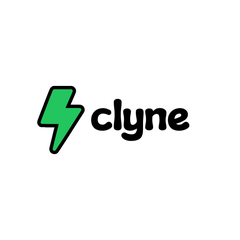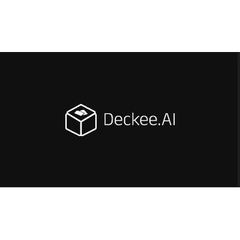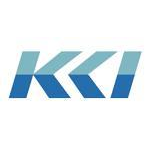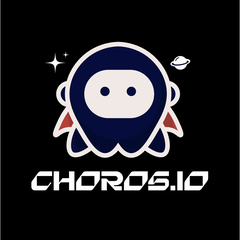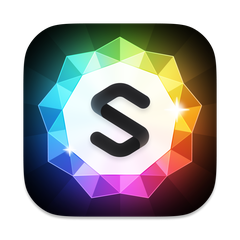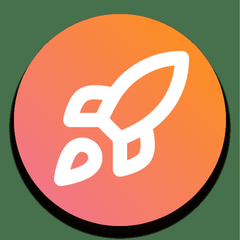
Buildglare
Buildglare revolutionizes website creation by allowing users to construct pages and components through AI-driven conversations, eliminating the need for coding. It offers global deployment via Cloudflare, seamless backend integration, and intuitive plugins for data handling. Users can effortlessly design and implement custom APIs, making web development accessible and efficient.
Top Buildglare Alternatives
Clyne
A powerful AI-driven platform, Clyne simplifies the launch and management of Shopify stores for dropshippers.
Deckee.AI
This innovative AI tool seamlessly transforms content from websites into engaging sales emails and social media posts.
Univer.se
With a user-friendly drag-and-drop editor, this platform allows anyone to effortlessly create stunning websites, whether for e-commerce, portfolios, or blogs.
Control
An innovative AI website builder, Control empowers users to design fully-editable websites directly in their browsers.
Choros.io
Choros.io revolutionizes website creation for small businesses and entrepreneurs, enabling the launch of professional, SEO-optimized sites in under a minute.
Wegic
Wegic empowers users to effortlessly create and manage custom websites through simple conversations.
Sitely
With built-in SEO optimization and fast loading times, it simplifies the design process for everyone...
Pikuto
With a simple paragraph, it builds dynamic pages, offering over 100 professionally designed blocks and...
LansiAI
By simply inputting their business type and name, the powerful AI generates a tailored landing...
Top Buildglare Features
- AI chat-driven website building
- No coding skills required
- Instant website deployment
- Global edge hosting
- Built-in database integration
- Custom API generation
- Natural language backend creation
- Real-time collaboration features
- Version history rollback
- Drag-and-drop simplicity
- Pre-built plugins for functionality
- Spam filtering for forms
- Seamless external API integration
- Code editing capabilities
- Serverless deployment architecture
- Customizable pages and components
- Support for SQLite databases
- Instant publishing without compilation
- User-friendly UI design
- Flexible component reuse across pages.
